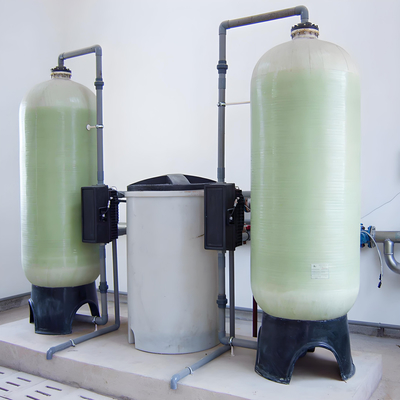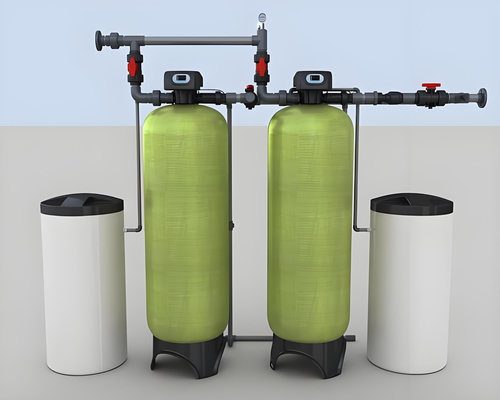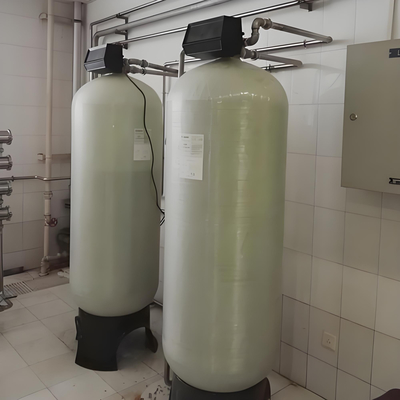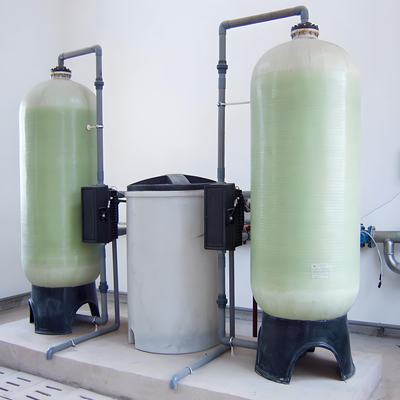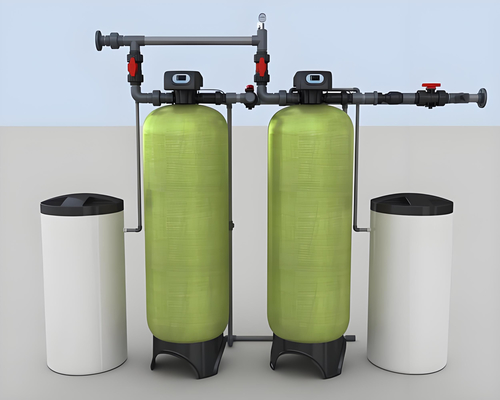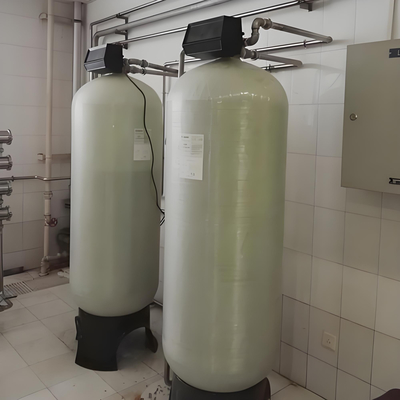-
Condensate Water Recovery Device
-
Reverse Osmosis Equipment
-
Fully Automatic Water Softener
-
Industrial Sand Filter
-
Water Supply Equipment
-
Chemical Dosing Device
-
Container Flipper
-
Container Loading and Unloading Machine
-
Truck Flipper
-
Electric Transfer Cart
-
Electronic Weighbridge
-
Mobile Loading Dock Ramp
-
Air Compressor Heat Recovery
-
Water Treatment Accessories
Commercial Water Softener For Large Hotels 24/7 Continuous Water Production
| Place of Origin | Taian, Shandong, China |
|---|---|
| Brand Name | Tonglida |
| Certification | ISO9001 |
| Model Number | TLD-ST |
| Minimum Order Quantity | 1 |
| Price | $600-$2000 |
| Packaging Details | optional |
| Delivery Time | 10 working days |
| Payment Terms | L/C,D/A,D/P,T/T,Western Union,MoneyGram |
| Supply Ability | 100unit/month |

Contact me for free samples and coupons.
Whatsapp:0086 18588475571
Wechat: 0086 18588475571
Skype: sales10@aixton.com
If you have any concern, we provide 24-hour online help.
x| Salt Usage | Customized | Regeneration | Fully Automatic |
|---|---|---|---|
| Control Type | Automatic | Treatment Capacity | 500-100,000L/H |
| Type | Water Softener | Model | Fully Automatic Water Softener |
| Water Temperature Range | 40 - 100 Degrees Fahrenheit | Product Specifications | 1-100T/H |
| Water Hardness Range | Optional | Weight | Varies Depending On Model |
| Warranty | 1 Years | Certifications | ISO9001 Certified |
| Resin Type | High Capacity Ion Exchange Resin | Capacity | Varies Depending On Model |
| Water Pressure Range | Varies Depending On Model |
- The Dual Tank Dual Valve Water Softening System is an automated water treatment system for continuous water supply scenarios. The system consists of two resin tanks and two sets of control valves, each operating independently and backing each other up, thus ensuring that the soft water supply is not interrupted at any time.
- The system design emphasizes high efficiency, stability and intelligent control, and is particularly suitable for industrial users under continuous operation conditions day and night.
![]()
Structure and Working Principle
- The system structure includes two pressure vessels (filled with cation exchange resin), two sets of automatic control valves, two salt tanks and the corresponding piping system.
- Each tank can independently complete the operation of water inlet, outlet and regeneration. During the operation of the system, one tank is responsible for water discharge and the other is in standby or regeneration state.
- When the running tank reaches the set exchange capacity or running time, the system automatically switches to another tank through the controller, and the original tank enters into the regeneration process without human intervention and without affecting the normal water supply.
Main Technical Parameters
- Water flow range: 1~10m³/h per tank;
- Resin loading capacity: depending on the demand configuration, commonly 50~200 liters;
- Working pressure: 0.2~0.6 MPa;
- Control mode: flow type, time type, dual control optional;
- Water hardness control: usually can be reduced to below 0.03 mmol/L;
- Regeneration mode: downstream or countercurrent regeneration can be customized, depending on the site requirements configuration.
![]()
System Features
- Strong continuous water supply capacity: Since the two tanks can work in rotation, even if one of the tanks is regenerating, the other tank can continue to produce soft water to meet the requirements of uninterrupted operation.
- Intelligent control system: the controller automatically records the operation status and judges when to switch and regenerate according to the set parameters, which improves the operation efficiency.
- Energy-saving and salt-saving design: Compared with the manual control system, the system utilizes the resin exchange capacity more efficiently and reduces salt consumption and wastewater.
- Easy maintenance: Each component operates independently, system maintenance does not affect the overall workflow, and operators can easily complete daily inspection and maintenance.
Patented Technology
1. Floating bed process: high resin utilization, less inert resin
2. Regenerating with downflow and producing water with counterflow
3. Power saving: less power, less electricity consumption
4. Water saving: the utilization rate of water can be more than 95%.
5. Saving regenerant: 30%-50% less regenerant than other water softening systems.
Water Softening System for Hotels
- Machine scaling is avoided to ensure efficient operation of boilers, washing machines, air conditioning and other equipment.
- Cleaning effectiveness is increased to improve the quality of washing, tableware and glass cleaning.
- Customer experience rises as a result of providing comfortable showers, bathroom experience and soft towels and linen.
- Save energy and maintenance costs, improve heat exchange efficiency and reduce equipment maintenance needs.
![]()
![]()
![]()
![]()
![]()
![]()



